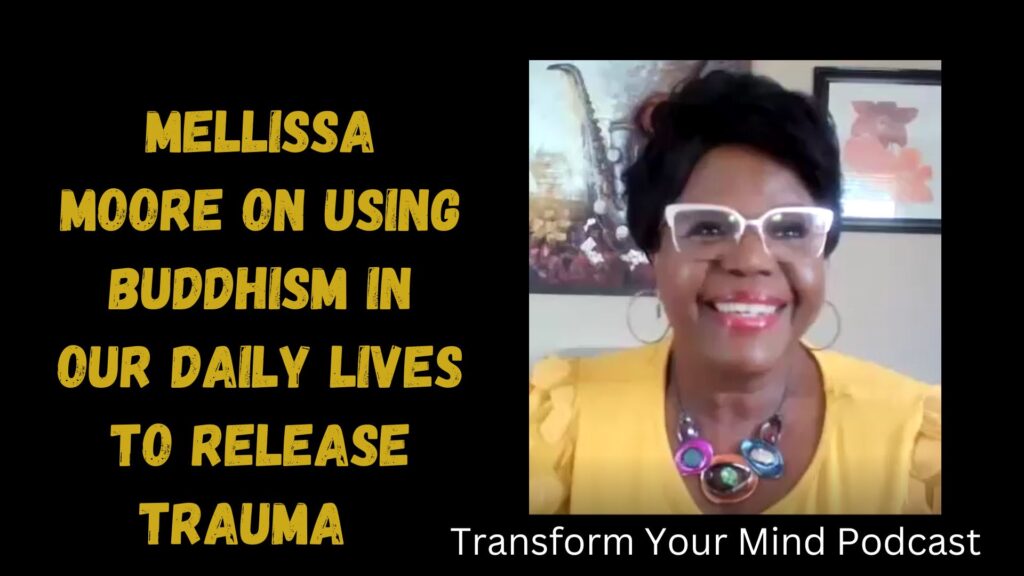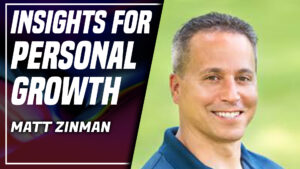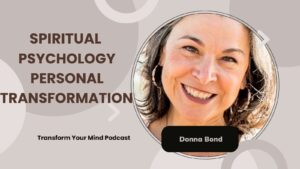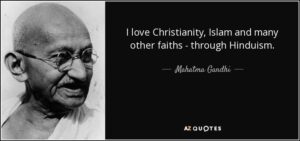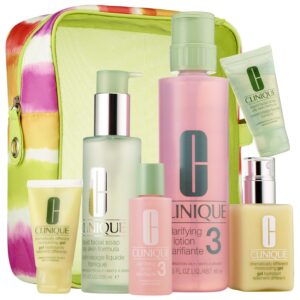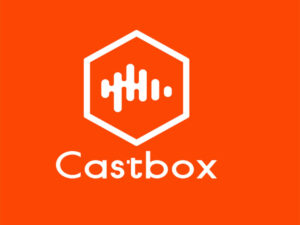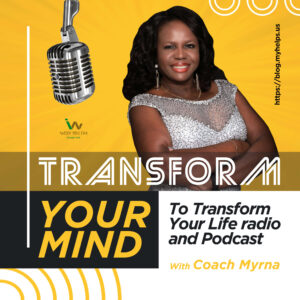We all have generational trauma, we can use tantric buddhism to help with suppressing trauma. Most of the time, depending on when trauma, occurs, it can affect how much we remember. Where is my mind? It follows me wherever I go. Tantric Buddhism, is about understanding how the mind works.
Download the podcast here:
Bio
Melissa Moore PhD has dedicated her adult life to teaching the tenets of Buddhism and Contemplative Psychology, helping students better manage their emotions, explore the notion of intrinsic health, and understand their interconnected, non-dual nature.
Melissa’s latest book, The Diamonds Within Us, brings modern context to ancient Tibetan Buddhist teachings. The lessons within this book aim to help readers discover how to better integrate their human experience to live more empowered lives. Melissa reveals how to befriend yourself as you are, and access the wisdom of emotions. She teaches how to embody deep listening skills, using resources when working with others, address long-standing fears and challenges in relationships, explore and sync with the invisible forces of life, and much more.
Sponsored AD
Gifting is hard. Bombas makes it easy with socks, underwear, and t-shirts that feel good and do good. They feel good because they’re thoughtfully designed with the softest materials, and they do good because for every item you purchase, Bombas donates another to someone in need.
Bombas is the perfect gift for those on your list that has everything because everyone could use beautiful socks or underwear that fit perfectly and are soft and comfortable.
Bombas’s holiday collection puts a modern twist on traditional festive colors and designs. Think rich purples and greens, geometric snowflake designs, sweater-inspired textures, and retro ski patterns.
And did you know that socks, underwear, and t-shirts are the three most requested clothing items in homeless shelters? That’s why Bombas donates one item for every item you buy.
So far, Bombas has donated over 75 million items of clothing. That’s a whole lot of comfort, and a whole lot of good.
Give the good this holiday season with Bombas. Go to Bombas.com/transform and use code transform for twenty percent off your first purchase.
Where is my mind: The Body and Mind are inseparable
Myrna: You said that your mind follows you wherever you go. Where is my mind?
Melissa: Wherever you find the body you find the mind, it is inseparable from the body. We can sense and store experiences in our bodies. That’s part of our mind, our thinking mind is always thinking about the future or thinking about the past. We are never in the, present moment. Where is my mind,? It’s never focused on what I am doing. And so wherever we go, there you are, and so you can’t really ever get away from yourself. Right?
So, where is my mind? How do I befriend it? We’re always trying to change ourselves, which is another form of aggression. When we’re trying not to be who we are, we are not being kind to ourselves. Every one of us is actually pretty perfect as we are even when we have disabilities and problems. There’s a jewel inside all of us, but we need the right conditions for that to shine.
Myrna: It that a part of, contemplative psychology? What is the definition of, contemplative psychology?
Sponsored Ad
Are you WASTING MONEY on subscriptions? 80% of people have subscriptions they forgot about. Maybe for you it’s an unused Amazon Prime account, or a Hulu account that never gets streamed. That’s why I use Rocket Money formerly known as Truebill. Rocket money helps me track all of my expenses – and because of it, I no longer waste money on subscriptions I don’t even use.
The app shows all your subscriptions in one place, and then cancels for you whatever you don’t want. ● Rocket Money can even find subscriptions you didn’t know you were paying for. You may even find out you’ve been double-charged for a subscription. ● To cancel a subscription, all you have to do is press CANCEL, and Rocket Money takes care of the rest.
Get rid of useless subscriptions with Rocket Money now. Go to ROCKETMONEY.COM/TRANSFORM. Seriously, it could save you HUNDREDS per year. . ● Cancel your unnecessary subscriptions right now at ROCKETMONEY.COM/TRANSFORM

What is Contemplative psychology
Melissa: Contemplative psychology, is, Buddhist psychology, in an engaged form. So Buddha, God, whenever you study, Buddhism, you’re studying, Buddhist psychology, because, Buddhism, is the language of, psychology, right? Buddhism, is about understanding how the, mind, works. The, Buddhist, path and what makes it so appealing is it can be done very intellectually.
In, karuna, as in, contemplative psychology, we make it very experiential. We not only talk about the teachings of the five skandhas, which is how the, mind, creates itself, but we look at those aspects of, mind, how we engage them in our daily life. So we sort of study under the hood, how the, mind, operates, but we bring it personally down into what that means on a day to day basis. We do a lot of experiential exercises, and processes and methods that teach us about the non duality that you and I are not separate.
Myrna: All right. I like that. So if you’re saying that the, mind, follows us wherever we go, and the, mind, is in the body, I’m assuming that your work is teaching people how to not have the, mind, follow them. Is that correct?
Melissa: It’s not that you don’t want your, mind, with you in your body. It’s a question of what your, mind, is doing.
What is Tantric Buddhism
Tantric Buddhism is a complex, esoteric practice of Buddhism that uses rituals, meditation, and visualizations to help practitioners realize their buddhanature. It’s also known as Vajrayana or Mantrayana.
Meditation: Practitioners use meditation to connect with themselves, their partner, and their spirit.
Sponsored Ad
Are you interested in receiving free makeup? Then I have an offer for you. By Joining The Makeup Testers Beta Group with Mia Lockhart, you will receive a box of free makeup. In return for the free products Mia Lockhart would like to share your feedback on the products you received via a survey. This is a short 5 question survey.

Using Buddhism to release trauma
Myrna: That’s what I meant. Let’s take for instance, right, you talk about women, or I think you said women, but let’s say anyone that has a mental issue, and or maybe they have, trauma, from their past, and they’re stuck in the past. Because their, mind, is following them in the, present moment. Their body has all kinds of disease and all kinds of pain. So when you go through the, karuna, program, are you are telling them how to release the, mind?
Melissa: Not to release it, much more how to utilize it. I teach how to utilize and work with your, mind, so that there’s a certain amount of, mind training, that happens which has to do with learning how to synchronize your body, your breath or your speech because speech is not only what you know, from a, Buddhist, perspective, we say synchronize your body, speech and mind together, the, present moment.
And most of the time we’re not doing that, right. We’re doing one thing we’re driving in the body. The, mind, is thinking about what we have to do or what we didn’t do. Or we may be driving and we might be feeling bad because our kid got a bad grade or something. You know, we were constantly multitasking. We’re splintered. But when we learn to synchronize our body, speech and mind in the, present moment, even just sometimes, then it is powerful.
It took me a very long time to learn how to do that because I did have a lot of, trauma, in my body. And it’s only recently that I’ve been able to access some of that with some of the new therapies including tantric buddhism and other things so this doesn’t isn’t an answer for all. We are addressing, trauma, because we’re learning so much about, trauma, and how it abides in the body.
Sponsored Ad
If you like to make a statement with your clothes or like graphic hoodies, Beyond the Clout is the shop for you! As a small Black-Owned business, it is their goal to spread a message of freedom of expression. Their mission is to make clothes that express a non-conforming attitude towards society. Their designs are their way of making it easy to be visible while also saying we’re beyond the clout. Be Bold, speak through your clothing visit beyondtheclout.com Save ten percent when you sign up for text alerts. That website again is beyondtheclout.com
Using Buddhism to welcome the present moment
But learning how to bring your, mind, to the, present moment, and experience what you’re experiencing in the, present moment, is profoundly powerful. So usually we use our body to anchor ourselves in feeling. Sometimes we’re thinking so wildly, we can’t do anything except feel your body right now. How it feels, how it’s sitting in the room.
Just bringing your breath into the present moment and then kind of scan your body puts you in touch with your feelings. Your, mind, is located somewhere in your body. You can use your body as an anchor to the, present moment, and bring yourself present. And then we teach how to work with those emotions because all emotions from our perspective, have wisdom.
But a lot of times we’re managing them we go. I don’t want to feel that so how are you doing? I’m fine. You know, we have real conditioned ways of working. Or another alternative is we can act on our, emotions. But really to meet the, emotion, we have to feel it in the body. We experience it fully and listen. And that’s where the, contemplative psychology, part is.
You befriend us you actually befriended it as your teacher, and take it as in because, emotions, can be very difficult and painful. So there’s a certain amount of training ourselves to abide in discomfort without acting out and without suppressing things. So that takes time.
We all have, generational trauma, and suppressing, trauma, and being oblivious and a lot of time, depending on when, trauma, occurs. It can affect how much we remember. A lot of my, trauma, was pre verbal, right? So took me a lot to be able to recover that. But what do I mean when I say your, mind, follows you? So I’m talking about our, habits of mind. And of course, trauma, informs our, habits of mind. Right?
Sponsored Ad
This podcast episode is brought to you by energyforjoy.com
Energy for Joy features a visual meditation video named Release and Align.
There are many, many benefits to meditation…
But meditation can be a problem for those who have a difficult time quieting their minds.
If traditional meditation hasn’t worked for you yet, visual meditation might be what you’re “looking” for.
Release and Align is a Visual Meditation created to provide the benefits of meditation without the frustration many experience as they try to meditate.
This visual meditation is an 8-minute video. It’s a type of meditation you practice with your eyes open and it works whether you quiet your mind or not.
Release and Align combines layered graphs and precisely positioned color patterns.
It uses leading edge color techniques and is designed to help you experience the benefits of meditation within minutes.
First, images of red, orange, and yellow help you release resistance.
Next, mellow colors of soft yellow, green, and blue will help bring you to equilibrium in order to stop any negative momentum and help you feel a calm balance.
Finally, alignment takes place— this is accomplished through sky blue, indigo, and magenta. These luxurious colors send the message to your system that your normal state of being is a calm, happy, and abundant state.
Experience the benefits of meditation and alignment.
Find out more at energyforjoy.com
Understanding the emotional content around Tantric Buddhism
So the training isn’t it about releasing it, because there is work to be done to release and discover, trauma, but our work has to do with understanding that there’s some emotional content around it and that emotional content has wisdom. And it you know, for example, like anger, people don’t want to feel angry, right? But anger has a real purpose. It’s for one thing, it’s how we set boundaries. How we know how to say no, when we need to say no. It’s also how we can learn what we don’t want in life and being very clear about you know, it sharpens the mind. Right? Or even jealousy, which is usually coming out of a comparative thing where we’re comparing ourselves,
Myrna: I’m a Christian. And what I’ve heard about, Buddhism, is a from Buddha himself and, and his teachings about suffering and his teachings about, the mind. I also follow guru’s like Sadhguru and Deepak Chopra. So, first of all, talk to us about, Buddhism. What is Buddhism? How is it different from Tantric Buddhism? What are some of the foundational principles of, Tantric Buddhism, and then we want to talk about this, tantric Buddhism, because, to me, when I hear the word, tantric, I’m thinking sexual energy.
Sponsored Ad
Happy Again
Erik Engelhardt
https://open.spotify.com/album/6ubXGhisiXJQvhMftvtIgY
Buddhism was not from Buddha
Melissa: Well, Buddhist, Buddhism, really wasn’t from the, Buddha. Buddha, himself was not a, Buddhist. And it’s a what I love about, Buddhism. I’ve had many people of other faiths in my trainings, because, Buddhism, is kind of a philosophy or an understanding of the, mind, and the development of the heart to be beneficial to others. And of course, all religions have their version of that.
But, Buddhism, offers a very distinct path of, meditation, where you learned, not everybody can meditate. I’ve recently I’m really reevaluating because, Buddhism, like everything else has been colonized in America and whitewashed. So I want an individualized tool teaching us about learning how, meditation, is the tool to teach us how to synchronize our body, our speech and our breath, that which exchanges with the world in our, mind, in the, present moment, and that is how we evoke sanity.
So many people come to my trainings and I’m very specific, that I’m not offering a spiritual path. I’m condensing down the teachings of the, Buddha, and a very ancient recipe of how to develop a potent heart, a compassionate heart. That’s an essential recipe into western psychological process. And then also how to bring that presence to others. Like as a listening presence or as a compassionate friend. And so these kinds of trainings, don’t have anything to do with, Buddhism, except that we draw on the wisdom of, Buddhism, but one doesn’t need to be a, Buddhist.

Tantric Buddhism originated with Hinduism
Okay, wants to get into, tantric Buddhism. So it was initiated by a very wild character named Padma Sun bhava, who went to Tibet. And he’s brought, Buddhism, to Tibet in the eighth century, and he was bringing, Tantra, which is basically, tantric. Tantra, teachings come from Hinduism, and the Vedic tradition came before them it kind of married with, Buddhism, right? All these traditions marry. But, Buddhism, a, tantric Buddhism simply means using anything in the world to wake up, including things that you wouldn’t consider spiritual.
Sexuality is kind of where it’s been taken, especially in North America in the hippie days, everybody was doing, Tantra. One should be very careful if someone says I’m going to teach you, tantric Buddhism. Wrong because it’s a very specific lineage that needs to be built on the foundation of all the other, Buddhism, the classical, Buddhism, of no harm.
So I think we have to be careful with this word, tantric Buddhism. It just simply means using anything to wake up like one’s habits or addictions or that you can wake up and become a kind and compassionate person. So it’s about a path of transmutation.

Book The Diamond Within Us
Myrna: Okay, so that’s awesome. All right. So you wrote your book and you call it “The Diamond Within US” or conversation has been about understanding your your mind body, and, and looking inside you mentioned that we have we’re all gems, right. So tell us about what do you mean by the, diamond within us? Also why you wrote the book and what do you want people to walk away with after reading the book?
Melissa: Well, we have a practice in, Karuna, training called shining the dual, which is where we bear witness to others skills and holding others in compassionate exchange. First we learn how to see everyone as having strengths, real strengths, genuine strengths, authentic strengths, and how to call those out. They may not be your strengths and they wouldn’t be how you would do it, but how do you see through the eyes of people what they bring which is different than you? Right?
And we practice that in, karuna, it takes a kind of intensity and intensification the same way diamonds take a lot of intensification and are formed in the muck and slime. Just like lotuses the classic tradition is lotuses grow in the muck and slime but they’re pure and white on the outside. It’s the same principle that we had, and I really do truly believe because I have worked with all walks of life and and even people suffering with very chronic mental conditions such as schizophrenia and some of these very difficult mental states.

The teaching of Karuna
So, the book is really an offering of the teaching that I’ve done. It doesn’t follow the curriculum of, karuna, but it’s also used as a kind of textbook in, karuna, training. But it’s also just an offering because a lot of people don’t know what, contemplative psychology, is. I hope they will because I feel like what I’m teaching should be taught in kindergarten, honestly, I feel it is the operating system of our body speech and mind and we don’t know how to use it.
Myrna: What do you want them to walk away with after reading?
Melissa: Well, I hope that my book instills the importance of loving kindness, that it can be cultivated towards ourselves and towards others, that making friends with our strengths exactly as we are with all of our warts and our problems.
Myrna: Well that’s good, that’s another way of saying, self love, people might think, why do we need to teach, self love, but you’re right. A lot of people don’t love themselves, they look in the mirror, and they don’t like what they see. Tell us about your website. I’m assuming that you offer the, Karuna, classes on your website or courses, right?
Melissa: Well, we don’t offer courses through the website www.karunatraining.com that we advertise and if they come to our website or in a training, you can sign up for our mailing list and then you’ll get our newsletters. I am about to launch information about a new cohort because we do our bigger trainings or certificates in cohorts. so we’ll probably start in the spring, I’m just getting ready to publish that and putting it all together. And then we have other courses every month. We have a, Karuna, live where people can come on live time and we do a little, meditation. There’s usually a topic and a talk that goes along with our newsletter, and then we do an experiential exercise so people can get a taste of the work.

